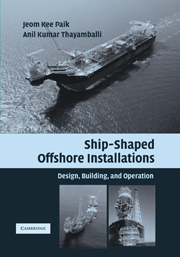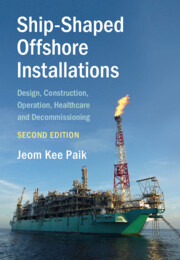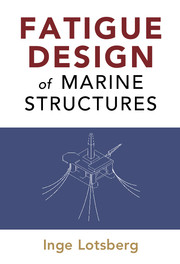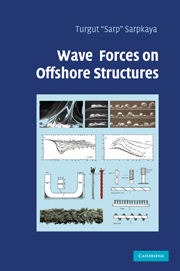Ship-Shaped Offshore Installations
Ship-shaped offshore units are some of the more economical systems for the development of offshore oil and gas, and are often preferred in marginal fields. These systems are especially attractive to develop oil and gas fields in deep and ultra-deep water areas and remote locations away from existing pipeline infrastructures. Recently, the ship-shaped offshore units have been applied to near shore oil and gas terminals. This 2007 text is an ideal reference on the technologies for design, building and operation of ship-shaped offshore units, within inevitable space requirements. The book includes a range of topics, from the initial contracting strategy to decommissioning and the removal of the units concerned. Coverage includes both fundamental theory and principles of the individual technologies. This book will be useful to students who will be approaching the subject for the first time as well as designers working on the engineering for ship-shaped offshore installations.
- Comprehensively covers the technologies available for design, building and operation
- Provides a useful introduction to the topic for students as well as being an essential reference for professional engineers
- Covers the complete life-cycle of installations from initial contract stage through operation to decommissioning
Reviews & endorsements
Review of the hardback: '… offers many new ideas in offshore engineering and technology, which could be used to enhance design and operation of maritime systems. … beneficial for both academic researchers and industrial analysts. It serves as a good reference for marine/offshore safety engineers within the industry and as an excellent textbook by undergraduates or postgraduates in marine/offshore engineering subjects. There are several useful sections that briefly introduce the reader to the ship-shaped offshore installations and set the mood by defining the general design and building regimes. For more advanced readers, the technical chapters plunge deep into the root of problems of designing, building and operating ship-shaped offshore installations.' Measurement + Control
Review of the hardback: 'Ship-shaped Offshore Installations is an excellent text and reference book written by recognised marine structural experts who are long-standing members of SNAME. … This book is very timely and sure to become a must-have for professionals involved in offshore work. … [It] is highly recommended and bridges existing gaps in the published works on FPSs. My thanks to the authors for writing a well documented, authoritative book on this complex subject.' SNAME News Gautam J. Adhia
Review of the hardback: 'The book presents an excellent opportunity for engineers and students alike, to appreciate the issues surrounding design, building and operation of ship-shaped offshore installations. It offers many new ideas in offshore engineering and technology, which could be used to enhance design and operation of maritime systems.' Measurement + Control
Product details
July 2011Paperback
9780521187886
562 pages
254 × 178 × 29 mm
0.96kg
Temporarily unavailable - available from TBC
Table of Contents
- 1. Overview of ship-shaped offshore installations
- 2. Front-end engineering
- 3. Design principles, criteria and regulations
- 4. Environmental phenomena and application to design
- 5. Serviceability limit state design
- 6. Ultimate limit state design
- 7. Fatigue limit state design
- 8. Accidental limit state design
- 9. Topsides, mooring and export facilities design
- 10. Corrosion assessment and management
- 11. Inspection, maintenance and repair
- 12. Tanker conversion and decommissioning
- 13. Risk assessment and management
- Appendix 1. Terms and definitions
- Appendix 2. Scale definitions of winds, waves and swells
- Appendix 3. Probability of sea states at various ocean regions
- Appendix 4. Scaling laws for physical model testing
- Appendix 5. Wind tunnel test requirements
- Appendix 6. List of selected industry standards.







